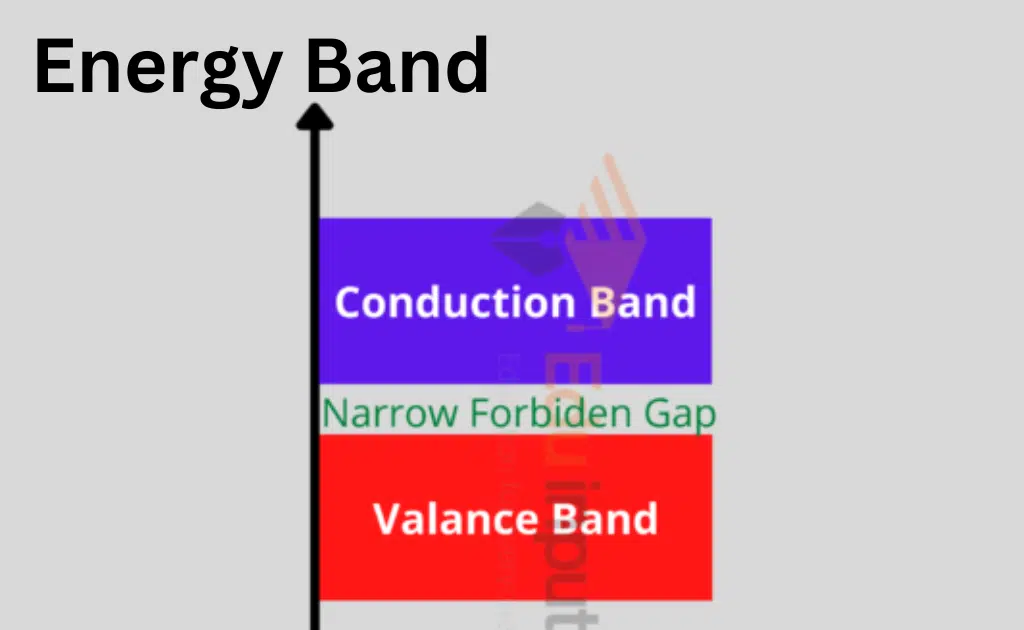What is the Uninterruptible Power Source (UPS)?
An Uninterruptible Power Source (UPS) is a device that provides backup electrical power to critical loads in case of loss of utility power.
What is the uninterruptible power source (UPS)?
UPS systems are designed to provide uninterrupted operation of computers, telecommunications equipment, medical devices, industrial machinery, and many other types of electronic devices. A UPS system consists of two major components: a battery bank and a backup generator.
A battery bank stores electricity generated by the generator and supplies it to the load when utility power fails. Generators produce alternating current (AC), while loads require direct current (DC). To convert AC to DC, a rectifier converts AC to DC. In some cases, a transformer may be necessary to step down voltage levels.
Types of UPS
There are three major types of UPS.
Standby UPS
Surge protection and battery backup are only some of the basic features offered by offline/standby UPS. Incoming utility power is usually connected directly to the protected equipment.
When the incoming voltage falls below or rises above a preset level, the UPS turns on its internal DC- AC inverter circuitry, which is powered by an internal storage battery. The equipment that was connected was switched on to the DC-AC output of the UPS. Depending on the amount of time it takes to detect the lost utility voltage, the switch-over time can be as little as 25 milliseconds. Some equipment, such as a personal computer, will not have to brown out or dip in power due to the design of the uninterruptible power supply.
Line-interactive UPS
It is possible to tolerate continuous undervoltage brownouts without consuming the limited reserve battery power of this type of UPS.
It compensates by automatically selecting different power taps on the autotransformer. Changing the autotransformer tap can cause a very brief output power disruption, which may cause a power-loss alarm to “chirp” for a moment, depending on the design.
Double-conversion UPS
The batteries are always connected to the inverter so there is no need for power transfer switches in online ups. When power is lost, the rectifier drops out of the circuit and the batteries keep the power steady and unchanged.
When power is restored, the rectifier restarts carrying most of the load and begins charging the batteries, though the charging current may be limited to prevent the high-power rectifier from damaging the batteries. The ability to provide an “electrical firewall” between the incoming utility power and the sensitive electronic equipment is one of the main advantages of an online UPS.
Uses of UPS
An uninterruptible power supply is used to protect hardware such as computers, data centers, telecommunication equipment, or other electrical equipment, where an unexpected power interruption could cause injuries, fatalities, serious business disruption, or data loss.
Large units that can power entire data centers or buildings, as well as ones designed to protect a single computer without a video monitor, are some of the larger units in the range.






Leave a Reply